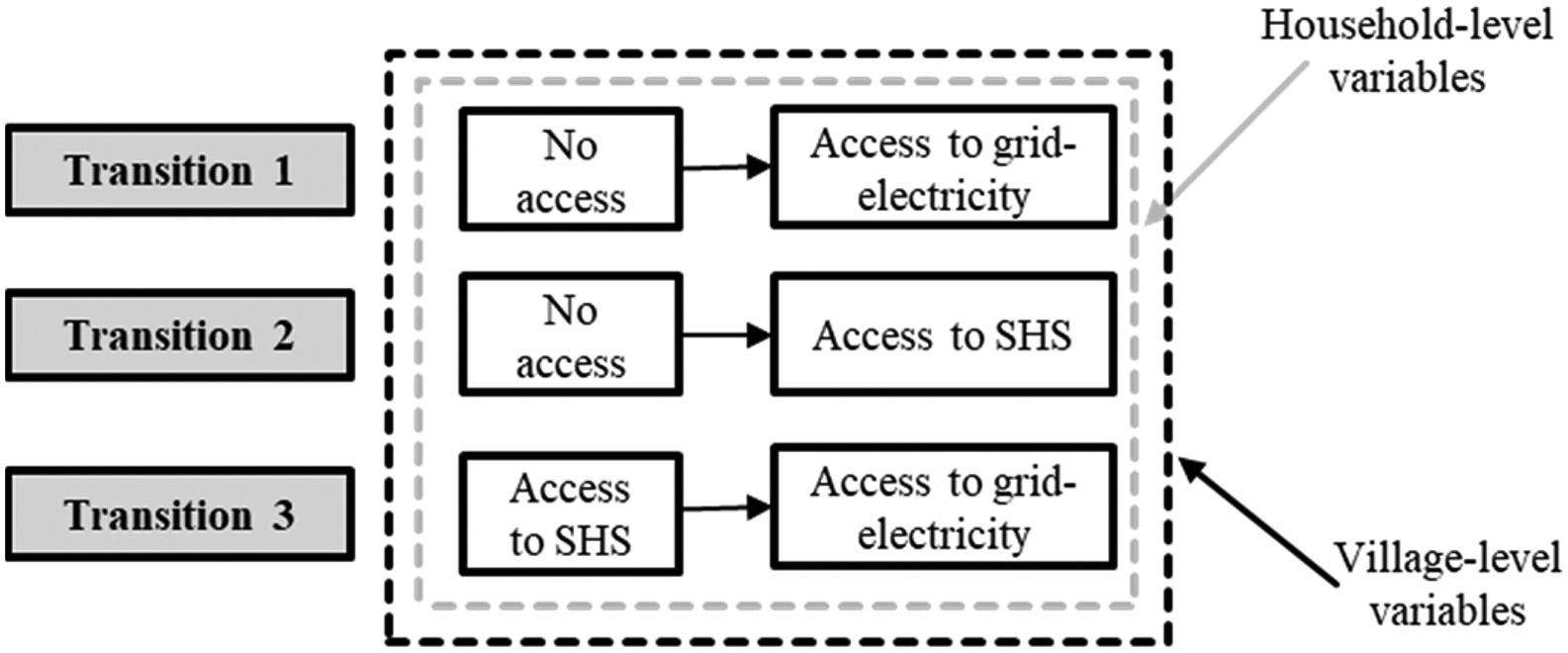Rural electrification stands as a pivotal pillar for the achievement of the United Nations' Sustainable Development Goals (SDGs). At its core, it is instrumental in realizing the seventh SDG—affordable and clean energy—which envisions universal access to affordable, reliable, sustainable, and modern energy by 2030. But its influence transcends this single objective, permeating into almost all aspects of socio-economic development. For instance, in the realm of SDG 1 (no poverty), rural electrification can stimulate economic activities by offering power for various enterprises, consequently fostering job creation, income generation, and alleviating poverty. Regarding SDG 2 (zero hunger), it facilitates the mechanization of agriculture, enhances irrigation, storage, and food processing capabilities, thereby improving food security.
It significantly contributes to SDG 3 (good health and well-being) by powering healthcare facilities for critical services such as refrigeration for vaccines, powering medical and diagnostic devices, and enabling telemedicine in remote areas. Likewise, it propels progress towards SDG 4 (quality education), where electricity access facilitates digital learning, enhances study conditions, and enables schools to operate efficiently. Additionally, rural electrification intersects with SDG 5 (gender equality), as it liberates women from laborious tasks such as firewood gathering for traditional biomass-based energy systems, thereby affording them more time for education, participation in productive economic activities, and leadership roles.
For SDG 6 (clean water and sanitation), access to electricity can pump clean water, aid in water treatment and distribution, and improve sanitation facilities. Rural electrification is also linked to climate action (SDG 13), as the use of renewable energy resources for electrification curtails the greenhouse gas emissions associated with conventional energy sources. Lastly, it directly aligns with SDG 9 (industry, innovation, and infrastructure) as electrification forms the backbone of modern infrastructure, enabling industry development and innovation. However, to fully harness its potential, it’s imperative that rural electrification strategies are designed and implemented with an inclusive, sustainable, and integrated approach, considering the unique contexts, needs, and capacities of rural communities. Only then can rural electrification truly serve as a catalyst for achieving the SDGs.
By the year 2019, the number of people without access to electricity was 770 million, most of which lived in rural areas. The currently models for rural electrification are often limited in their electrical analysis, or focus on a idealistic optimal solution whilst ignoring the real hierarchical topology of power systems. This work proposes a rural electrification strategy that makes use of Geographic Information System (GIS), graph theory and terrain analysis to create the best electric network topology.
This paper presents an analysis of the path towards a clean energy transition in rural areas, from the time that households do not have electricity access from any source, to when they get access to the national electricity; considering the intermediate access to an off-grid renewable technology, as well as the post-electrification years. For this, field household-level data are collected through surveys and electricity consumption measurements in rural Kenya.
There is a metabolic rift running through our economy and culture, and it is distracting our attention from care for the biosphere. To heal this rift, the diverse groups of people that make up humankind need a shared purpose that everyone can relate to and support. A strong candidate for that shared purpose is care for the bioregion—bioregioning—as an activity that creates value.
Building toilets and getting people to use them is critical for public health. We deployed a political ecology approach specifically to identify the multi-scalar political, economic, and environmental factors influencing toilet adoption in rural India. The research used ethnographic and technical methods in rural villages of West Bengal and Himachal Pradesh over the period September 2012 to May 2013.

